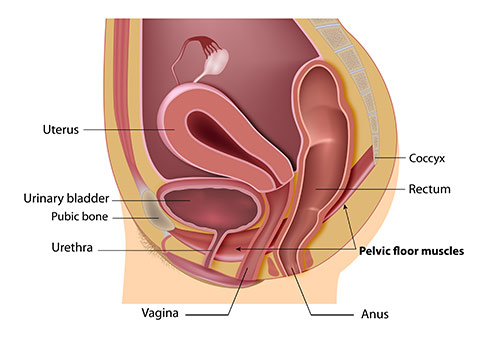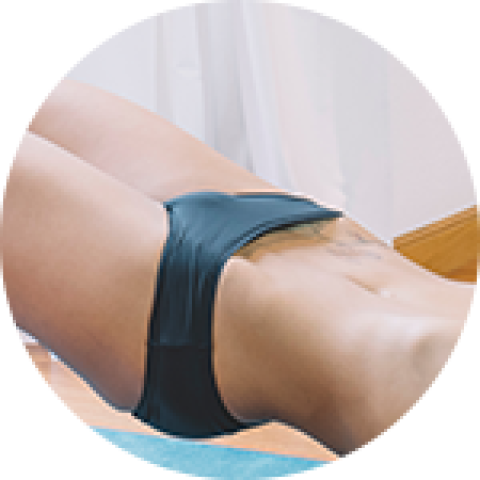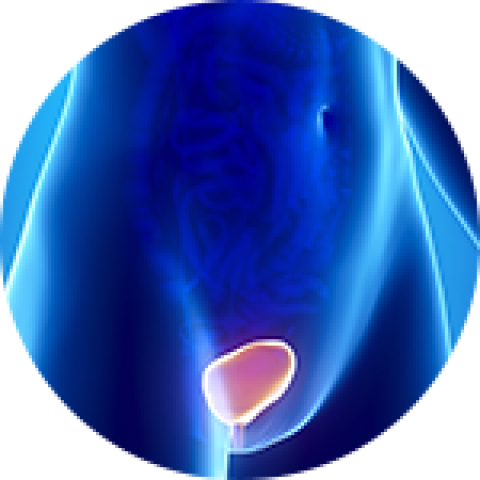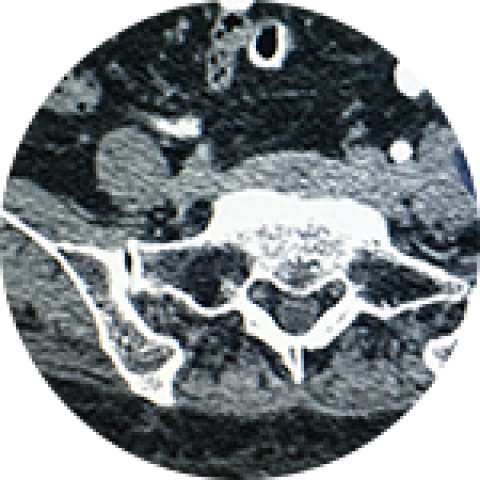
Advanced Pelvic Floor Center
What is the pelvic floor?
The Pelvic floor is formed by different layers of muscles, ligaments and other tissues. These layers extend like a hammock joining the sacrum in the back with the pubic bone in the abdominal wall. The muscles of a woman's pelvic floor offer support to the bladder, the womb (uterus) and the bowel (colon / rectum). The urethra, the vagina and the rectum cross the muscles of the pelvic floor and therefore they are very closely related. The pelvic floor muscles play a key role in controlling the bladder and the rectum and also intervene in sexual function.
Pelvic Floor Dysfunction affects approximately 25% of women between 30 and 70 years of age around the world. In many cases, and for different reasons, these problems do not receive the required attention, they are ignored or accepted as normal (when they are not), and consequently they are neither diagnosed nor treated.

Advanced Pelvic Floor Center
Symptoms of pelvic floor dysfunction
There are many different symptoms that occur as a result of lesions or problems of pelvic floor disorders. Some of the most frequent symptoms are:
- Urinary incontinence
- Uterovaginal prolapse
- Painful bladder syndrome
- Voiding dysfunction
- Fecal incontinence
- Dyspareunia / Painful intercourse
- Constipation
Treatment options
Treatment options for pelvic floor problems are usually divided into two: conservative (without surgery) or surgical. We believe, as many scientific studies have shown, that the best approach is a combination of both. Working on different aspects of the same problem (sometimes concurrently, sometimes at different stages) has been shown to offer the best results since the two are often complementary.

Our Center
With state-of-the-art equipment, access to the most advanced diagnostic and surgical techniques and a solid subspecialized training of our multidisciplinary team, we are confident we can offer specific treatment to each specific problem.


